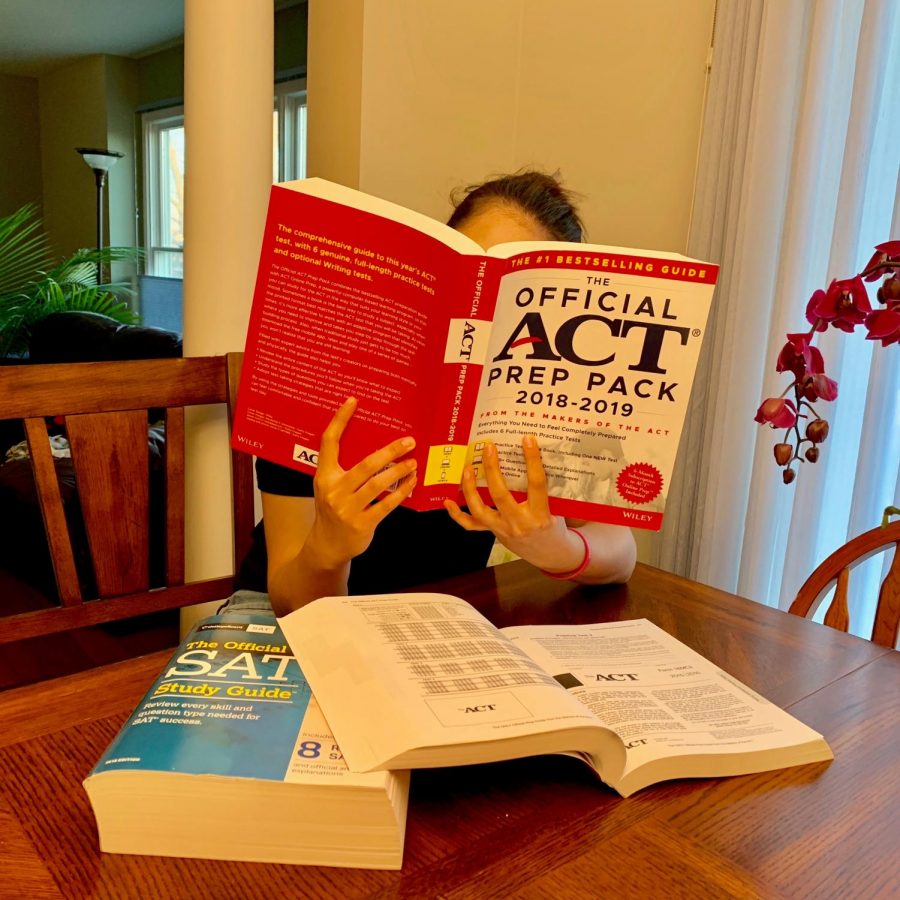In high stakes applications to college and post-secondary education, standardized testing may give unfair advantages to students of different backgrounds and situations.
Although standardized testing is not the largest factor in college admission decisions, it remains an important aspect. These tests objectively evaluate students over the same criteria and subjects, regardless of their respective schools, teachers, and grading systems. However, the fundamental processes of standardized testing put specific students at a severe disadvantage.
PV senior Taqwa Sayeh moved from Libya to the U.S. in elementary school. English is her second language, which makes standardized tests significantly harder for her to take. “It’s so much work,” she said. “Rather than simply reading the question, I have to read it in English, translate it to Arabic, process and solve it, and then translate back to English for my answer.”
Time can also be an issue when taking these tests. Even during regular tests at school, international students struggle to finish on time. “I always feel pressured to finish on time with everyone else. This leads me to start skipping questions and rushing through answers,” Sayeh explained. “And when I took the SAT, the time allotted was definitely not enough.”
When colleges are looking for students to accept, they want students proficient in English since they will be communicating, learning, and working predominantly in English in college. This reasoning seems to verify standardized testing as a means for determining college readiness despite English proficiency. However, international students are cheated out of any math, science, or comprehensive skills they may possess due to a lack of English skills.
Students from lower socioeconomic backgrounds are also severely impacted by how standardized tests function. There are several studying aids for the tests, ranging from books and tutors to classes and camps, all in an effort to help boost scores. Unfortunately, none of them are free or cheap.
The tests themselves are expensive as well, costing from $40 to upwards of $60. While there are financial waivers put in place for standardized tests, not all families in need may meet the financial requirements. In the end, a wealthier student can take the test several more times and use study materials that give them more of an advantage than impoverished student.
The injustice of standardized tests can even affect different fields of study. Emily Preston, a senior interested in art and engineering, shared her insight on this matter. “The subjects [on standardized tests] are important, but there are other aspects to take in account. For example, for someone going into architecture, it won’t test you for drawing abilities, which is a fundamental part of the career,” she said.
As an equalizer across schools, standardized tests do away with schools’ differences in grading in a superb manner, but as an equalizer across students, standardized tests are not sufficient. There must be an increased amount of equal opportunities for students in all walks of life in order to resolve the vastly different advantages students have. With this in place, colleges would be able to truly see the skill set of the generations to come.









